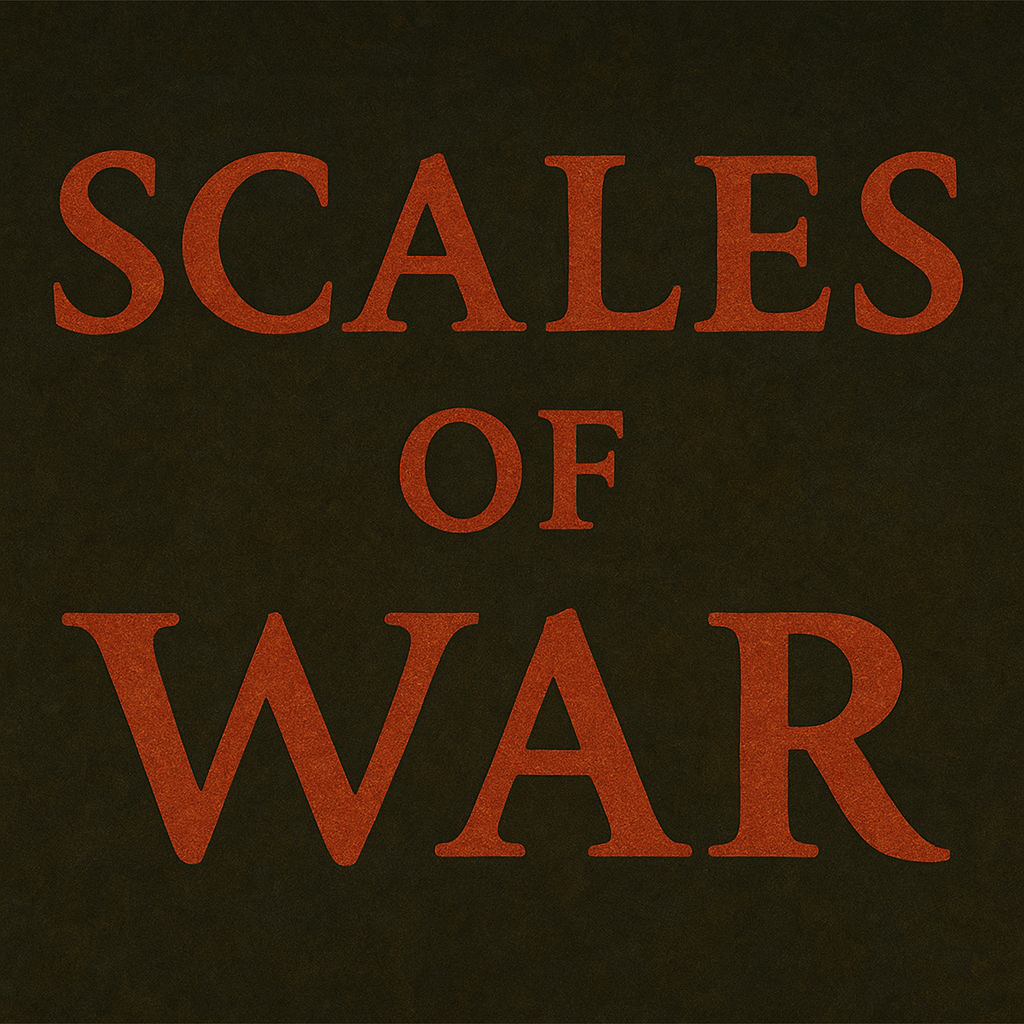Kho-Tharkk
Ancient Dwarves of the Elsir Vale – Deep Lore
The Kingdom of the Dwarves
Long before the modern human towns like Brindol rose to prominence, the Vale was part of an ancient dwarven kingdom—most commonly known by the name Kho-Tharkk, though in some materials, the name is disputed.
Timeline
The Age of Chains (Pre–3,000 BCE)
The dwarves of Kho-Tharkk trace their origins to the Age of Chains, when the Primordials and Titans ruled a chaotic world. These early dwarves were enslaved by elemental warlords, forced to mine the burning veins of the Stonehome Mountains and craft weapons of war in the Forges of Fire and Grief.
- Their ancestors were called the Durhak — “bound ones.”
- Secret runes were carved into stone by enslaved sages to hide forbidden knowledge: the Art of Sundering — dwarven smith-magic that could break even primordial bindings.
It was during this time that the first dwarven hero, Kho-Ruun Tharkk, rose among them — a legendary smith-warrior who shattered his own chains using a hammer forged from star-metal. The dwarves say that he “broke the world to free his kin,” and in doing so, earned the wrath of the Primordials.
The Sundering Revolt (c. –2,800 BCE)
Led by Kho-Ruun and his thirteen companions, the enslaved dwarves sparked a great uprising. They sealed off their caverns, collapsed their own mines, and fought a running war through the mountains against fire giants, salamanders, and elemental beasts.
- They forged the Seven Ember-Crowns, relics of leadership and power.
- The Forge of Mourning was built to consecrate the dead and arm the living.
By the war’s end, the dwarves had won their freedom — but at a terrible cost. Many bloodlines were extinguished, and much lore was lost in the flames.
Kho-Ruun’s body was never found. Dwarves of Kho-Tharkk say he sleeps in the Heart-Anvil, a molten cavern that only the worthy may enter, guarded by a being called the Ash Warden
The Age of Stone Kings (–2,500 to –900 BCE)
After the rebellion, the dwarves founded several holdfasts throughout the mountains, including:
- Tharkkhold (aka Clan Halls), capital of the united clans
- Zarn-Thurag, seat of the Flameforged priesthood
- Dravurak’s Reach, near the modern Wyrmsmoke Mountains
During this age, the clans codified the Tharkkari Law-Script, a blend of martial code, genealogy, and elemental reverence.
Dwarven isolation begins here: the Stone Kings refused alliance with early human settlers in the Vale, believing them too short-lived to trust.
The Shattering and Exile (c. –900 to –400 BCE)
Civil war tore the dwarves apart. The Ash-Eater Heresy, a magical curse claiming that strength must come from the consumption of ancestral remains and seeking undeath rituals spread across the Kho-Tharkk.
- Several clans, including Vorr-Khaz and Velkharn, were exiled or slain.
- The sacred Anvil of Mourning was cracked in a magical duel.
- The Deephowl sealed their tunnels and vanished from history.
This era left the dwarves fragmented, and most of the ancient holds fell into ruin. Many surviving clans retreated into the deep mountains, abandoning the surface world.
Modern Echoes (Post–Red Hand Era, ~1470 CE)
By the time of the Red Hand of Doom and Scales of War, the stories of the dwarves of Kho-Tharkk are mostly myth —the ancestors of the Kho-Tharkk are mostly respected, and left to themselves. Artifacts from the time period are seen as mythic remnants, relics of a blood-soaked past.
Strongholds and Fortresses
The dwarves were master builders, and the ruins of their civilization dot the Elsir Vale’s surrounding mountains and hidden places.
Territory:
The dwarves controlled large parts of the Stonehome and Giantshield Mountains, extending into the Wyrmsmoke Mountains and deeper into the Dawnforge Range to the east.
Notable Ruins (with relevance to adventures):
- Rivenroar Keep (Rescue at Rivenroar): Though not originally Dwarven, it was built atop older ruins, some of which show signs of Dwarven stonework and forgotten tunnels.
- Vraath Keep (Red Hand of Doom): Has relics and inscriptions hinting at older Dwarven defenses nearby.
- Hammerfast Holds (Rumored): Some ancient texts refer to outposts or vaults called Hammerfast or the Lost Forge, possibly referencing mythic forge-temples hidden deep within the mountains.
Legacy of Craft and Culture
- Smithing: Dwarves of the Vale were known for advanced metallurgy. Weapons of “Kho make” are occasionally found in old barrows and fetch high prices among collectors.
- Runestones: Magical stones carved with protective wards and divine inscriptions in ancient Dwarvish are sometimes found in crypts.
- Deities: The Dwarves worshipped Moradin, Clangeddin Silverbeard, and in some heretical cults, Dumathoin, god of secrets, especially in tomb-builders’ sects.
The Fall of the Dwarves
The decline of the dwarves in the Elsir Vale came gradually, accelerated by multiple threats:
External Threats:
- Dragons: The region’s ancient past hints at wyrms from the Wyrmsmoke Mountains forcing the Dwarves to abandon deeper delves.
- Underdark Invasions: Drow, duergar, or worse may have assaulted subterranean passages.
- Giant Raids: The Giantshield Mountains were home to powerful ogres and giants who warred with the dwarves over territory.
Internal Decline:
- The Ash-Eater Heresy: Legends speak of a curse that spread through certain halls, driving dwarves to insanity or undeath.
- Isolation and Stagnation: As their connections with distant dwarven kingdoms faded, innovation slowed, and the population dwindled.
Modern Remnants
- Haunted Barrows: Dwarven tombs, now disturbed by goblinoids, necromancers, or natural decay, are scattered through the Vale.
- Artifact Recovery: Adventurers occasionally find Dwarven relics in ruins, including axes, amulets, and tablets inscribed with secrets.
- Legends Among Locals: Elders in Brindol and nearby villages tell tales of forge kings who ruled before humans settled the land.
‘Kho-made” metal works were unmatched in quality throughout time. The relics do not show an inkling of their age even as the are unearthed now. Weapons are perfectly well balanced, armour is extremely durable and light weight. A true masterpiece.



Comments